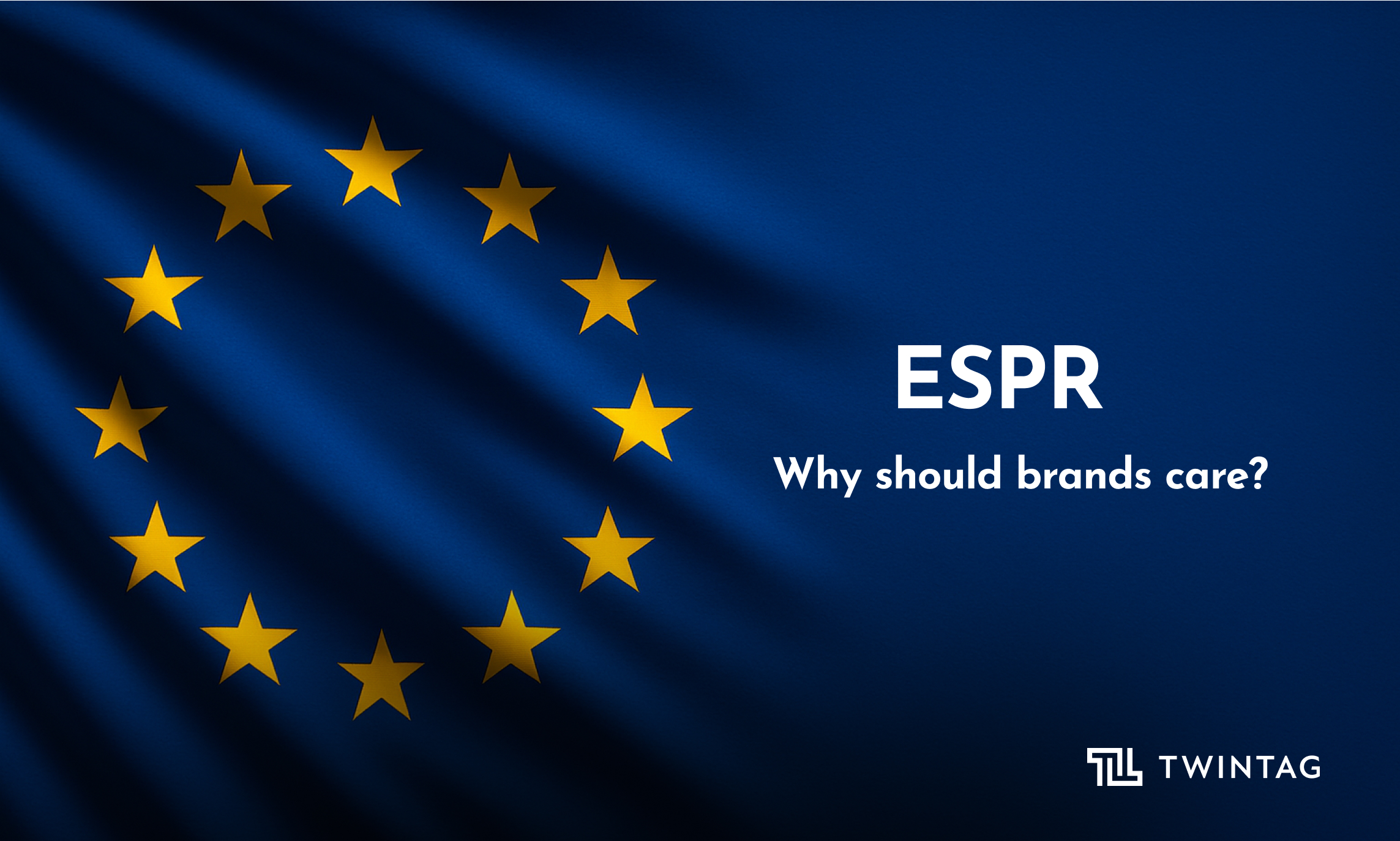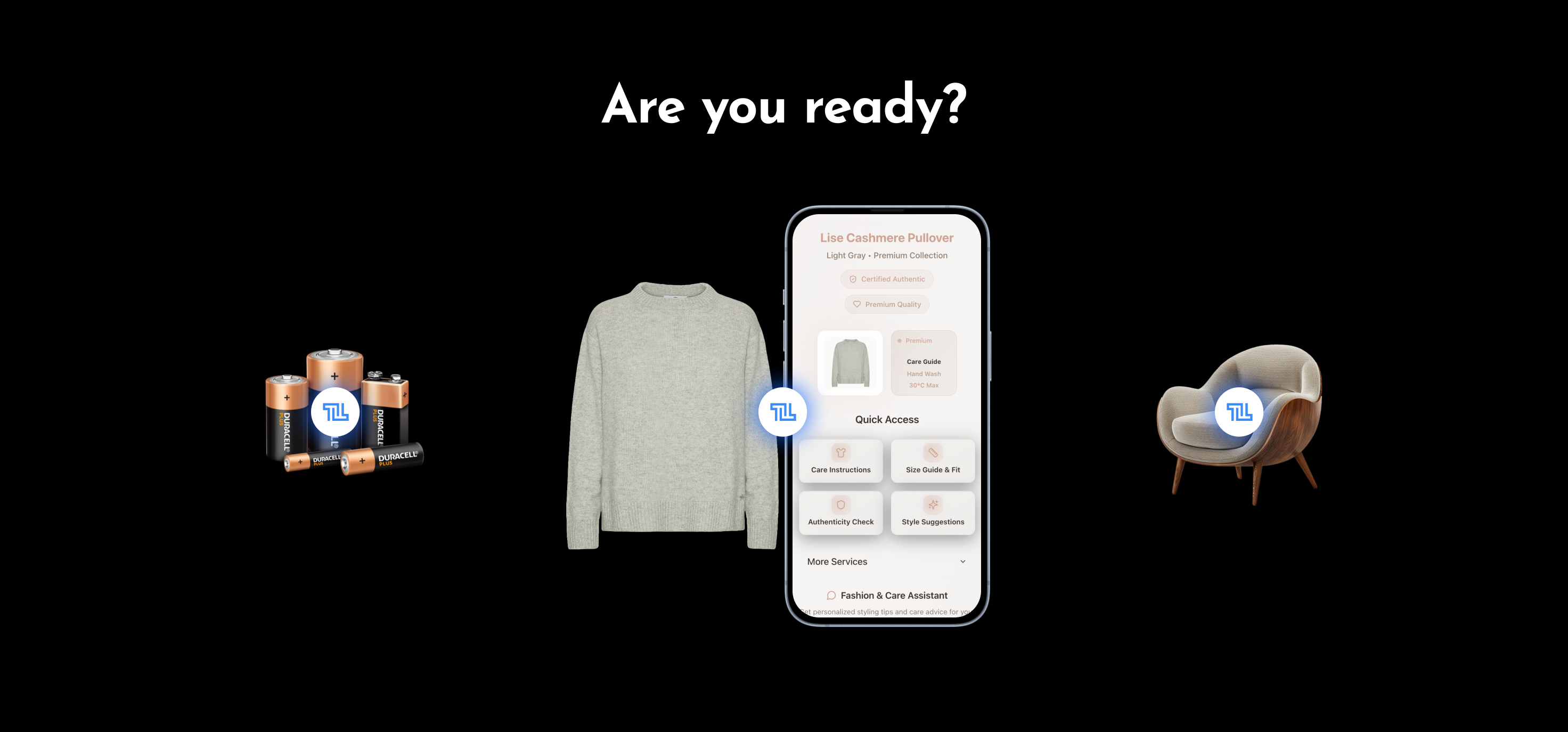Mattresses: a sleeping giant waking up to a landfill crisis
Mattresses represent a challenge of no small proportions when it comes to sustainability.
.png)
Mattresses represent a challenge of no small proportions when it comes to sustainability. In Europe alone, around 30 million mattresses end up in landfills every year – and until recently only a very small percentage of them were recycled.
Solving a landfill crisis of hundreds of thousands of tonnes added per year has no quick fix solution, although less scrupulous “creatives” have tried; exporting containers stuffed with old mattresses to third world countries, or even one unconscionable step further, replacing the outer fabric of the mattress and selling it as new.
To really move the needle towards a greener and more resilient economy the European Commission has approved a set of policy initiatives under the “European Green Deal” with the overarching aim of making the European Union climate neutral in 2050.
Helping companies become world leaders in clean products and technologies - in other words to become experts in closed loop manufacturing and circular economy - is one of those pillars towards our climate neutrality goals.
What can we do to help mattresses industry become circular?
As the saying goes, “a chain is only as strong as its weakest link”.
Transitioning towards a sustainable and circular mattress economy will require actions from all participants in the ecosystem. It doesn’t make much sense to fix the production side if consumers fail to return their products where they belong at the end of their lifecycle.
To make sure the loop gets closed there is a need for a more comprehensive and systemic approach and actions across the entire value chain.
We need to:
- Improve knowledge, connection, and information sharing
- Make business models, products, and services more circular
- Strengthen the roles of citizens and consumers
Digitalisation as an enabler for a circular mattress economy
Achieving a sustainable circular economy is one of the great challenges of today. Digitalisation is not a silver bullet that can immediately address all of the issues. However, it can be a vital enabler and efficient accelerator for positive change.
.png)
The EU digital product passport - a practical first step
This is where the EU Digital Product Passport (DPP) fits right in. Its added value? Enable quick and convenient access to and sharing of product-related information across the value chain.

When done right a DPP has the potential to create new opportunities for circularity and make circular business models viable. It would enable buyers to better assess product sustainability performance and choose accordingly. Allow brands to communicate their sustainability commitments. And it also helps identify which products pose a threat to our health and the environment (e.g. substances of concern, wasteful components or types of products), and incentivise their replacement. Most of all, when done right, it does all the above in a fully dynamic fashion, allowing for unlimited functional evolution during the cradle-to-grave journey of the product.
How to go from requirement to opportunity
Now let’s take the standpoint of a company producing these mattresses. Sure, creating such DPP is a noble and much-needed initiative, yet in the end, they are now faced with implementing a new compliance project. A project with little return on investment, as the consumer will not pay extra for such DPP. So how about turning this requirement into an opportunity for improvement in both efficiency and customer experience?
At Twintag we strongly believe that a DPP is an excellent starting point for companies to unlock extra capabilities and strengthen their competitive advantage. To those that have already embarked with us on a digital journey, it offers yet another valuable source of information that is easily integrated.



-min.png)



